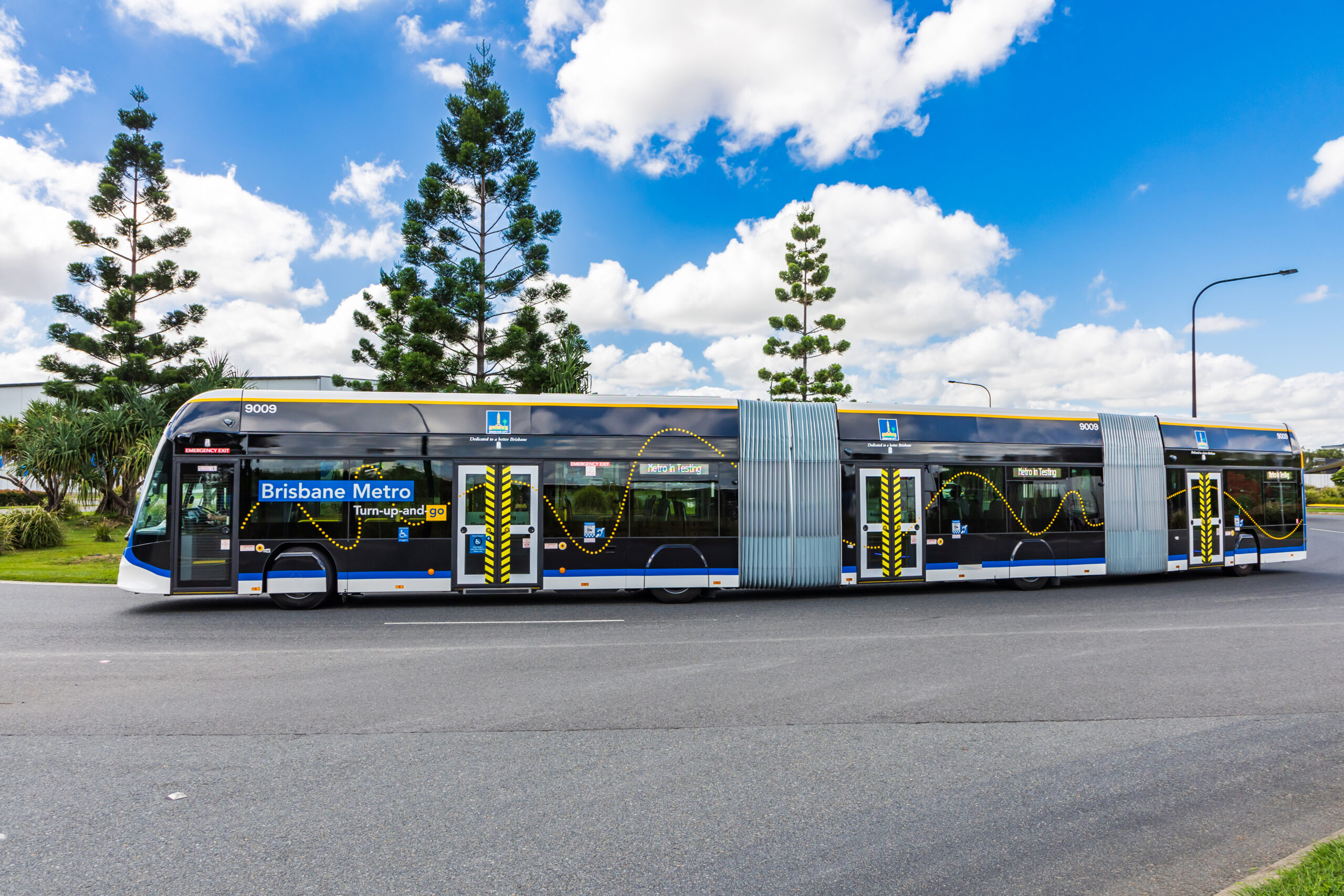Sign up for daily news updates from CleanTechnica on email. Or follow us on Google News!
Beginning in 2025, energy storage assets will no longer qualify for the Low-Income Communities Bonus Credit
WASHINGTON, D.C. — Today the Solar Energy Industries Association (SEIA) filed comments on proposed rules for the Low-Income Communities Bonus Credit as it transitions to the technology-neutral tax credit structure in 2025.
Under the proposed rule, beginning in 2025, storage assets will no longer qualify for the benefit, presenting red tape and headaches for residential and community solar companies and storage accessibility issues for solar customers.
The bonus credit encourages businesses to invest in solar projects that benefit low-income communities and households, including projects on Tribal land and as part of affordable housing developments. If businesses meet the criteria for the credit, they could increase the value of the technology-neutral investment tax credit by up to 20 percentage points.
“As electricity demand soars, we should focus on removing barriers to solar and storage adoption, not adding them,” said Abigail Ross Hopper, president and CEO of the Solar Energy Industries Association. “The proposed changes to the Low-Income Communities Bonus Credit in 2025 disincentivize storage adoption, missing an important opportunity to boost grid reliability and support the people and communities impacted by environmental injustice. This change is out of step with the intention of the bill, and we urge the administration to address this before finalizing.”
Based on previous proposed rules addressing the technology-neutral tax credits, which SEIA also commented on, this latest proposed change presents new administrative and contracting costs for residential and community solar businesses and reduces consumer choice. These proposed rules, if finalized, would make storage a less attractive option for homeowners and businesses, creating new barriers for the communities the program is intended to support. In addition, these actions diminish the broader effort to improve grid reliability and customer resilience with more energy storage assets on the grid.
Since the Low-Income Communities Bonus Credit Program was implemented in 2023, the U.S. Department of the Treasury has received more than 50,000 applications totaling 1.5 gigawatts of solar capacity to support lower income Americans. While Treasury didn’t publish the number of applications that include storage, 13% of residential solar installations included storage in 2023, and that percentage is expected to double by 2028.
This highly popular program is part of the clean energy incentives in the Inflation Reduction Act.
Courtesy of SEIA.

Have a tip for CleanTechnica? Want to advertise? Want to suggest a guest for our CleanTech Talk podcast? Contact us here.
Latest CleanTechnica.TV Videos
CleanTechnica uses affiliate links. See our policy here.
CleanTechnica’s Comment Policy




